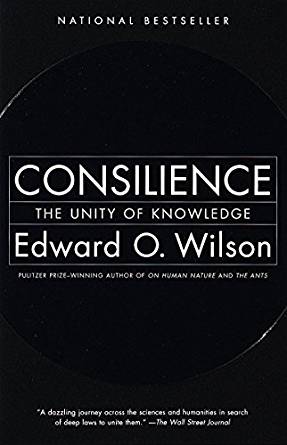An Informed Approach to Substance Abuse
Every issue explores cutting-edge developments in technology, medicine, education, climate change, and much more. Articles provide in-depth analyses of science and technology’s impact on public policy, the economy, and society—bringing today’s best minds to bear on tomorrow’s most critical topics.
Editor's Journal
The Electronic Word
Publication on the Internet has been in the headlines recently. First, the posting of the Starr report on the grand jury investigation of President Clinton created an electronic logjam as hundreds of… Read More
From the Hill
From the Hill – Fall 1998
Drive to double R&D spending gains momentum The spotlight on the importance of national investments in R&D has shifted and intensified recently. In a June 8 commencement speech at the Georgia Institute… Read More
Perspectives
Environmental Policy in the Age of Genetics
In April 1965, a young researcher at Fairchild Semiconductor named Gordon Moore published an article in an obscure industry magazine entitled “Cramming More Components Onto Integrated Circuits.” He predicted that the power… Read More
Features
Fighting Crime by Treating Substance Abuse
During the past 15 years, concerns about crime and violence have prompted increased law enforcement, prosecution, and punishment. But although the “get tough” approach may have contributed to recent reductions in crime,… Read MoreNatural Flood Control
Read MoreTo control flooding, we need to work with the forces of nature, instead of simply trying to eliminate them.
Drugs and Drug Policy: The Case for a Slow Fix
“Fanaticism,” says Santayana, “consists of redoubling your efforts when you have lost sight of your aim.” An old Alcoholics Anonymous adage defines insanity as “continuing to do the same thing and expecting… Read MoreResearch Support for the Power Industry
A revolution is sweeping the electric power industry. Vertically integrated monopoly suppliers and tight regulation are being replaced with a diversified industry structure and competition in the generation and supply of electricity.… Read MoreCollaborative R&D: How Effective Is It?
R&D collaboration is widespread in the U.S. economy of the 1990s. Literally hundreds of agreements now link the R&D efforts of U.S. firms, and other collaborative agreements involve both U.S. and non-U.S.… Read MoreCritical Infrastructure: Interlinked and Vulnerable
The infrastructure of the United States-the foundations on which the nation is built-is a complex system of interrelated elements. Those elements-transportation, electric power, financial institutions, communications systems, and oil and gas supply-reach… Read MoreAn Electronic Pearl Harbor? Not Likely
Information warfare: The term conjures up a vision of unseen enemies, armed only with laptop personal computers connected to the global computer network, launching untraceable electronic attacks against the United States. Blackouts… Read MoreFall 1998 Update
Missile defense In “Star Wars Redux” (Issues, Winter 1994-95), I discussed U.S. plans to develop and deploy highly capable defenses against theater (or tactical) ballistic missiles with ranges up to… Read MorePreserving Civil Liberties in an Age of Terrorism
In a little-noticed appearance before the Los Angeles World Affairs Council in late June of 1998, Secretary of Defense William Cohen did some thinking out loud about trading off civil liberties in… Read More
Book Reviews

Consilience
E. O. Wilson is one of the most important intellectuals of our time. He is a scientific leader, well known for his work on ants and his cocreation (with Robert MacArthur) of… Read More
Scientific Truth-Telling
The Ascent of Science is a magisterial, witty, and certainly perceptive guide to how contemporary science came to be. It is an idiosyncratic tour, a reflection of the author’s tastes, enthusiasms, and… Read More
